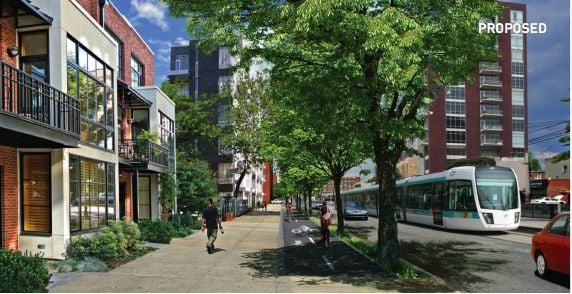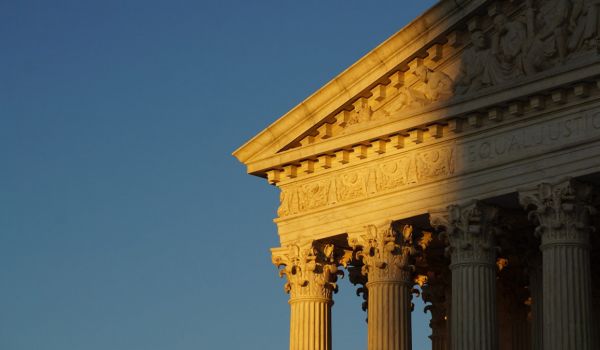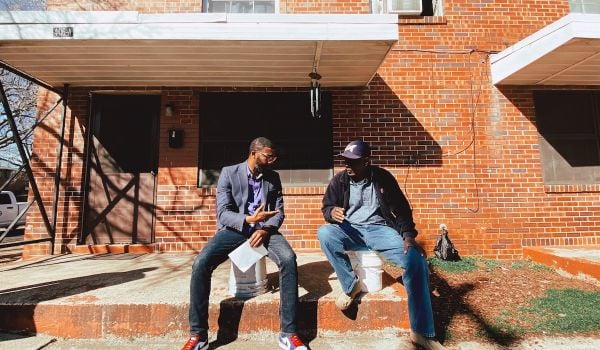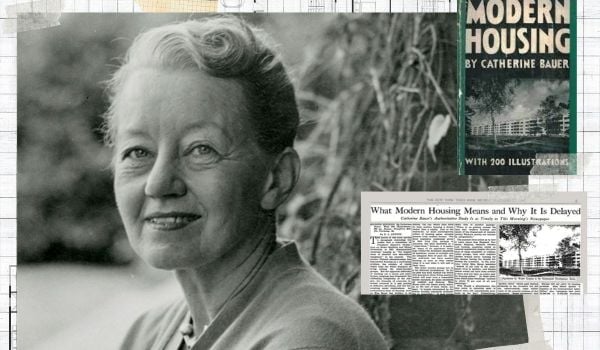There’s little doubt that outgoing New York City Mayor Michael Bloomberg understands the importance of strong urban infrastructure. One of his first major initiatives after taking office in nearly 12 years ago was to create PlaNYC, a far-reaching, cross-agency plan to ready the city for a future in which infrastructure and housing keep aging while sea levels rise, natural resources grow scarce and the population continues to swell.
Though Bloomberg had a questionable penchant for developing housing on waterfronts directly in the path of rising sea levels, PlaNYC’s urgent calls to adapt to a changing climate proved prescient during the blackouts, flooding and general destruction wrought by Hurricane Sandy.
Now there’s a push for the next mayor to internalize that urgency and bring his or her own strength to address growing challenges, not only in the environmental realm but also in the city’s social and economic fabric. The issues are endless — how to continue to grow the local economy, while ensuring that New York doesn’t become a boutique city unaffordable to all but the rich and those lucky souls with rent-stabilized or otherwise protected housing units; how to balance investments in infrastructure and the built environment with spending on human services and education; and so on.
To that end, the Forum for Urban Design, working with more than 40 of New York’s leading architects, urban designers, planners and thinkers, has unveiled a series of proposals addressing the same critical issues that PlaNYC took up more than a decade ago: How will we contend with the city’s swelling population? How will we rebuild our aging housing stock? How will we protect our waterfront from the rising tide?
Published in a pretty aquamarine collection titled Next New York, these proposals have the potential to refocus a distracted mayoral race (Hi there, Olivia Nuzzi) over issues that will determine the city’s well being long after the Weiner jokes have subsided.
Continue reading for our take on some of the most interesting Next New York proposals:
Transportation
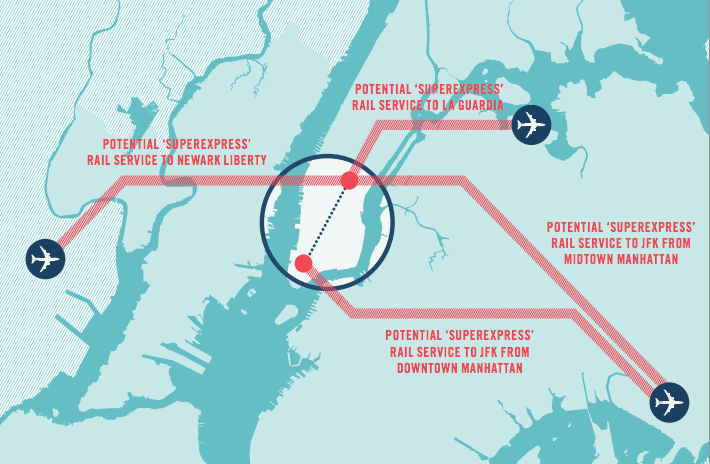
Map of proposed express rail routes to New York’s major airports.
A number of proposals, and those that have generated the most discussion so far, deal with improving transit connections in the city’s outer boroughs.
One aims to place light rail along the gentrifying waterfronts of Brooklyn and Queens, running from Red Hook to Astoria. Another envisions a tri-borough surface rail line running through the less-cool parts of Brooklyn and Queens, from Bay Ridge over to Canarsie, up through Ridgewood and Jackson Heights, and terminating at Hunts Point in the Bronx. Still another proposal calls for a single regional rail system, consolidating the commuters of the outer boroughs and suburban Long Island, Westchester and New Jersey.
But the most ambitious transportation proposal involves linking all three of the city’s major airports — John F. Kennedy, LaGuardia and Newark Liberty — with express connections in Midtown and Lower Manhattan. See the map above.
Resiliency
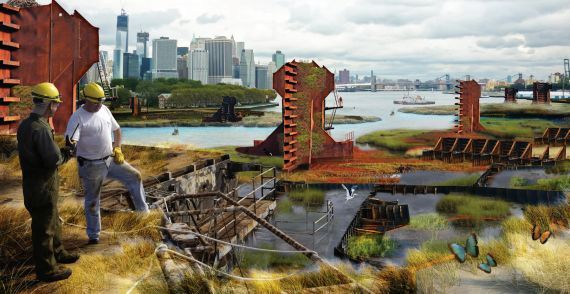
Rendering of buffers for the Brooklyn waterfront, made from recycled ship parts.
Since Hurricane Sandy, resiliency in the face of climate change and future storms has been a perennial topic of discussion among New York City planners. Among the Next New York proposals are two that seek to protect the city’s waterfront from rising sea levels.
One suggests restoring protective wetlands that can absorb and retain water, and redesigning other spaces — such as vacant land and public parks — with green infrastructure to do the same. The other calls for recycling derelict ships from the U.S. Navy and using their parts to create a buffer zone along the flood-prone parts of the Brooklyn waterfront. The rusting hulks, it seems, would jive with the postindustrial aesthetic that, for better or worse, has become essential to the Brooklyn brand (Barclays Center, anyone?).
Affordable Housing
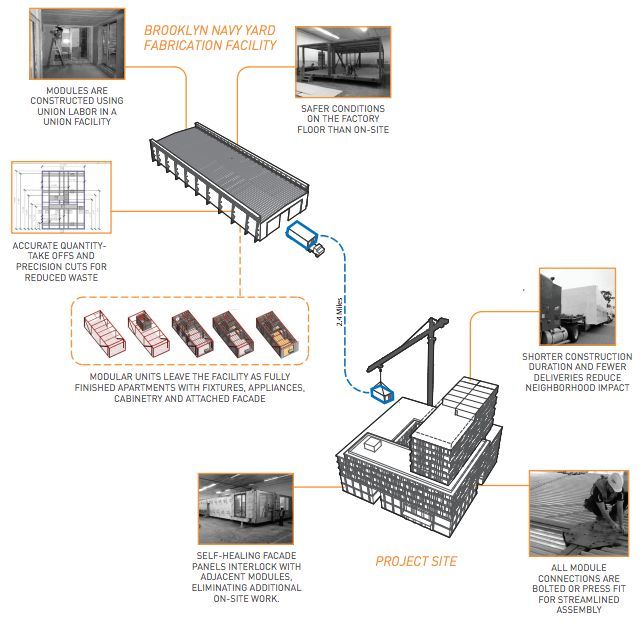
The modular construction process.
Affordable housing, as anyone who has ever paid New York rents would tell you, may represent the city’s biggest obstacle to creating equality and inclusion. A few proposals address this issue, ranging from the vague (“affordable housing for young New Yorkers”) to the specific, like installing new skins on the facades of Housing Authority (NYCHA) buildings to improve plumbing and electric and save on utilities.
Proposed by Fred Harris, NYCHA’s executive vice president of development, this “reskinninng” is one way to begin addressing the agency’s $6 billion backlog of capital investment needs, increasing at the scary rate of $3 million a day, Harris wrote in his proposal. “The habitability of [NYCHA’s] buildings will soon be threatened if capital investments are not forthcoming,” he continued.
At a presentation on Tuesday hosted by the Forum for Urban Design at the Yale Club, Harris was upfront about the challenges facing NYCHA, which provides housing for one out of 13 New Yorkers. “We are struggling to stay solvent and, meanwhile, none of the mayoral candidates have a strong proposal to address NYCHA’s capital needs,” he said.
Beyond the realm of public housing, though, one newish means of construction could help New York with its affordability problem. Modular construction, of which Forest City Ratner president and CEO MaryAnne Gilmartin called for the city to embrace in her Next New York proposal, represents a cheap and speedy way to build housing units off-site. Of course, Gilbert has a vested interest here: Atlantic Yards, when completed, will include the largest modular building in the city, and one could debate whether Brooklyn’s biggest development project will be truly affordable, and at what cost, to New Yorkers.
Planning and Spending
In an effort to cut back on red tape that gets in the way of so many public projects, longtime progressive city planner Ronald Shiffman puts forth the idea of restoring capital budget powers to the City Planning Commission. The idea here is that, since the commission has a public engagement mandate, it could bring city residents into the planning process and have the resources to actively follow through on its promises.
“NYC residents and businesses need to help set the framework for public and private investment; otherwise, land use decisions are liable to languish in courts for years,” writes Shiffman, a vocal opponent of Atlantic Yards who criticized the Bloomberg administration’s failure to meaningfully engage city residents in planning the mega-project, which was moved forward through a state approval process that didn’t require local approvals. Atlantic Yards was one of Bloomberg’s signature achievements, championed by the city over the protest of local residents.
That tension came out again at Tuesday’s Forum for Urban Design convening when Bloomberg L.P. president Daniel L. Doctoroff and Bloomberg’s former deputy mayor for economic development dismissed Shiffman’s idea. Doctoroff, who came to City Hall by way of Wall Street, challenged the notion that planners were the “only ones” who could make decisions about land use in the city.
In his opening remarks, the former Bloomberg official invoked Gordon Gekko to argue for the role of the private sector in the cycle of the “virtuous city.”
“Remember the line, ‘greed is good.’ I believe that,” he said. “I believe Forest City Ratner’s success and bottom line is important for the growth and success of the city. Growth is good. We want this city to be a compassionate city, but you need money to create the values we want.”
Tolls
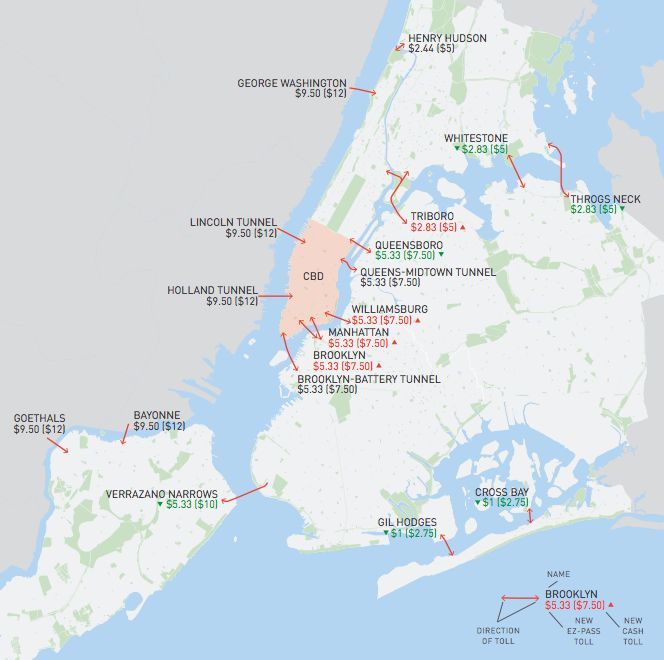
Suggested price changes to bridge and tunnel tolls in New York City.
For drivers in the New York area, the tolls that one must pay at a given bridge or tunnel often seem to make little sense. These fees are necessary to support transportation maintenance and improvements across the city, but why do cars traveling across the Verrazano into Staten Island pay so much, while cars traveling by tunnel into Manhattan pay less, and those traveling across three key bridges between Lower Manhattan and Brooklyn pay nothing at all?
That’s why transportation engineer and traffic columnist Sam Schwartz (Gridlock Sam) proposes revamping the city’s toll system, lowering prices for outer crossings and raising them for drivers in denser, more congested parts of the city. By restoring tolls to the Brooklyn, Manhattan and Williamsburg bridges especially, Schwartz estimates that the city could raise about $1.5 billion per year for transit maintenance and capital improvement projects.
To some in the audience on Tuesday, the proposal was a reminder of Bloomberg’s lost battle for congestion pricing. “Didn’t we already lose the fight for congestion pricing?” an audience member was heard murmuring to no one in particular.

